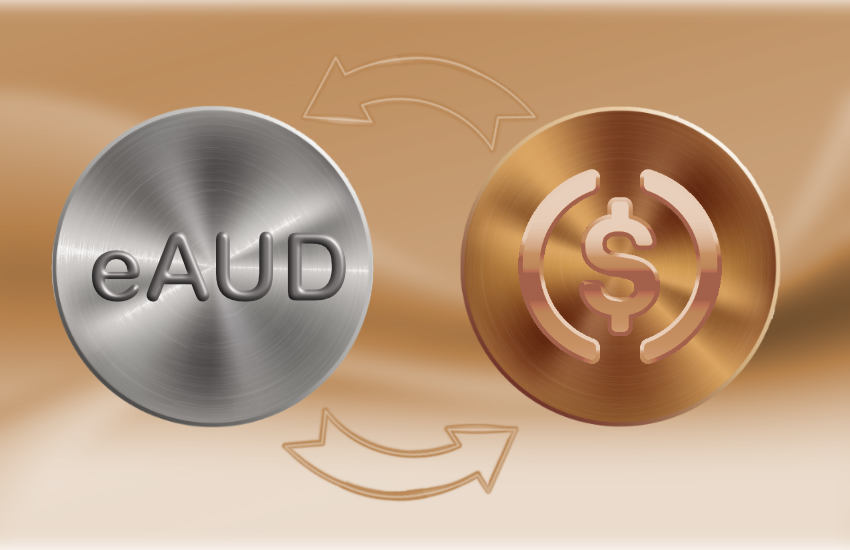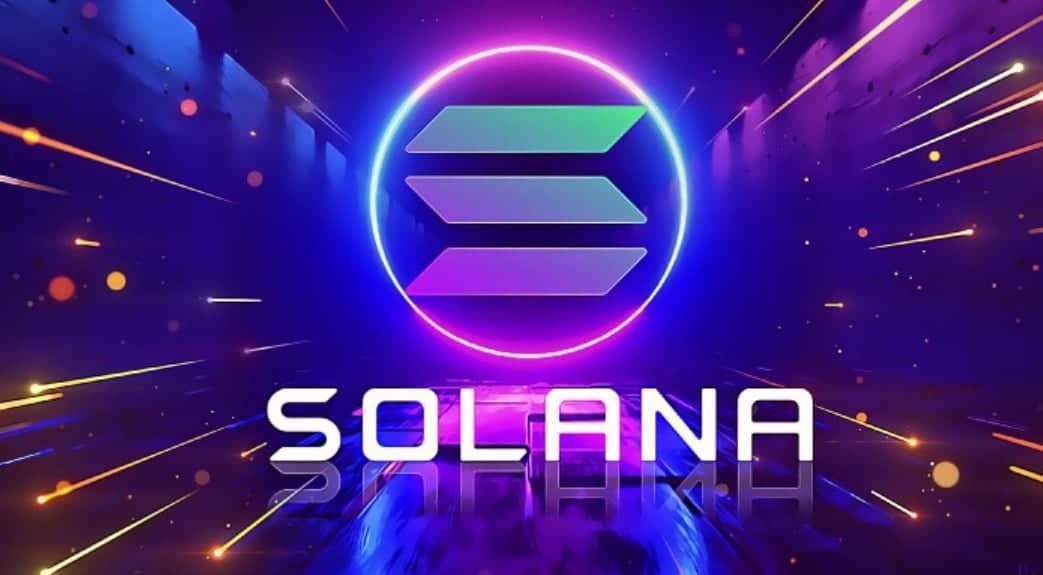Australian CBDC Trials First Currency Transaction – Ledger Insights

[gpt3]rewrite
Yesterday, blockchain startup CANVAS announced the successful completion of its central bank digital currency (CBDC) trial in Australia, using eAUD to test foreign exchange (FX) transactions.
Tokenized currency settlements have significant advantages, including round-the-clock trading and instant payments. The test is part of a series of pilots conducted by the Reserve Bank of Australia and the Digital Finance Cooperative Research Center (DFRCC).
Details of the FX transaction
During the experiment, eAUD was exchanged for USDC stablecoin between DigitalIX and TAF Capital on an Ethereum layer 2 solution. This allowed the transaction to be settled immediately without sacrificing privacy, scalability and regulatory compliance.
According to the team, another important aspect of their solution is that participants always maintain control and custody of their assets.
Main benefits
The test also demonstrated the advantages of tokenized settlements compared to traditional currency trading and international transfer networks, including 24/7 trading and atomic payments (instant). This removes the counterparty risk.
“eAUD, as a CBDC, has the potential to address crucial challenges in both foreign exchange and international money markets such as improving transaction times, reducing fees and providing more open access,” said David Lavecky, CEO of CANVAS.
“We believe that CBDC, digital securities and tokenized assets will radically transform finance and markets over the next decade. Our use case demonstrates the benefits of using CBDC in tokenized currency transactions and how our privacy-focused Layer 2 blockchain provides improvements over traditional markets by to eliminate market inefficiencies, errors and settlement risks.”
Australia’s CBDC Pilots
CANVAS’ project is one of 15 selected use cases in the Reserve Bank of Australia’s CBDC pilot. The list includes big names, such as Mastercard, which will explore the use of eAUD on a public blockchain, as well as others such as Intuit, ANZ and the Commonwealth Bank. It also involves a wide variety of applications, ranging from offline payments and CBDC custody models to nature-based asset trading and livestock auctions.
A Layer 2 Ethereum solution
The public Ethereum blockchain has advantages, such as decentralization and a large user base. However, transparency can be a drawback in payments and the core blockchain lacks scalability.
Therefore, the CANVAS Connect blockchain used for the FX transaction is a Layer 2 ZK-Rollup scalability solution based on Starkware’s StarkEx, which is used by DeFi platforms such as dYdX and the Sorare fantasy sports platform.
CANVAS was keen to emphasize that it is privacy enabled. Everything stored on the Ethereum network is a transaction hash like a fingerprint. On the second layer, only the parties to the transaction can see the details by default. However, CANVAS confirmed admissibility of the data to regulators and authorities for AML purposes.
Not surprisingly, the central bank uses a permissioned blockchain for its CBDC issuance. While StarkEx solutions may be allowed, CANVAS Connect is an open network aimed at financial services and is therefore designed to include KYC and AML.
[gpt3]























